Chronology
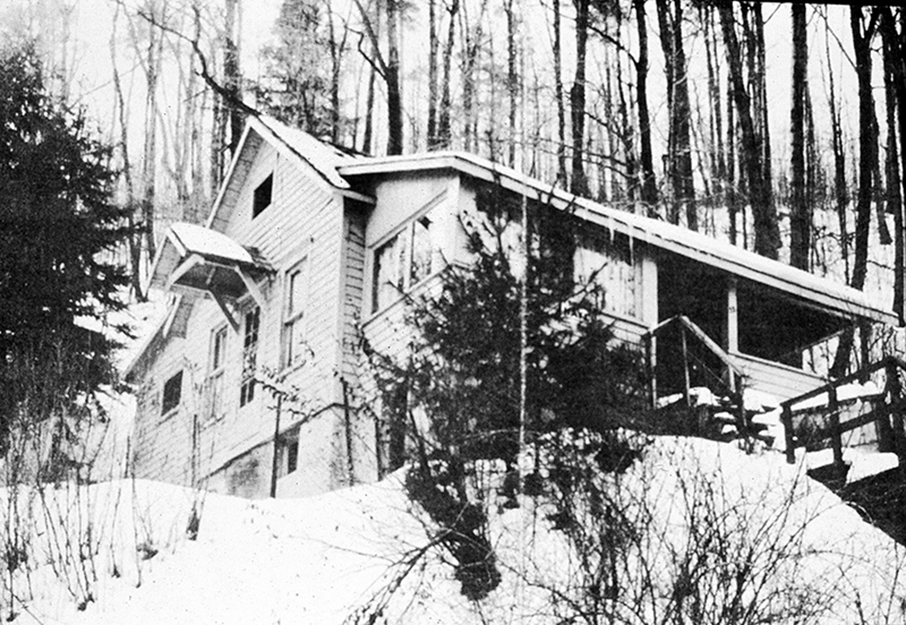
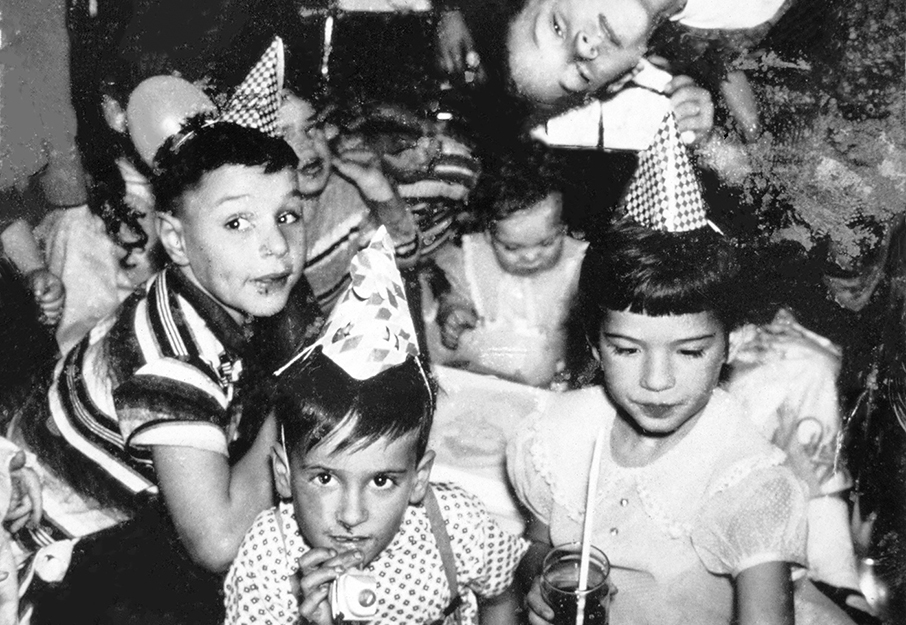
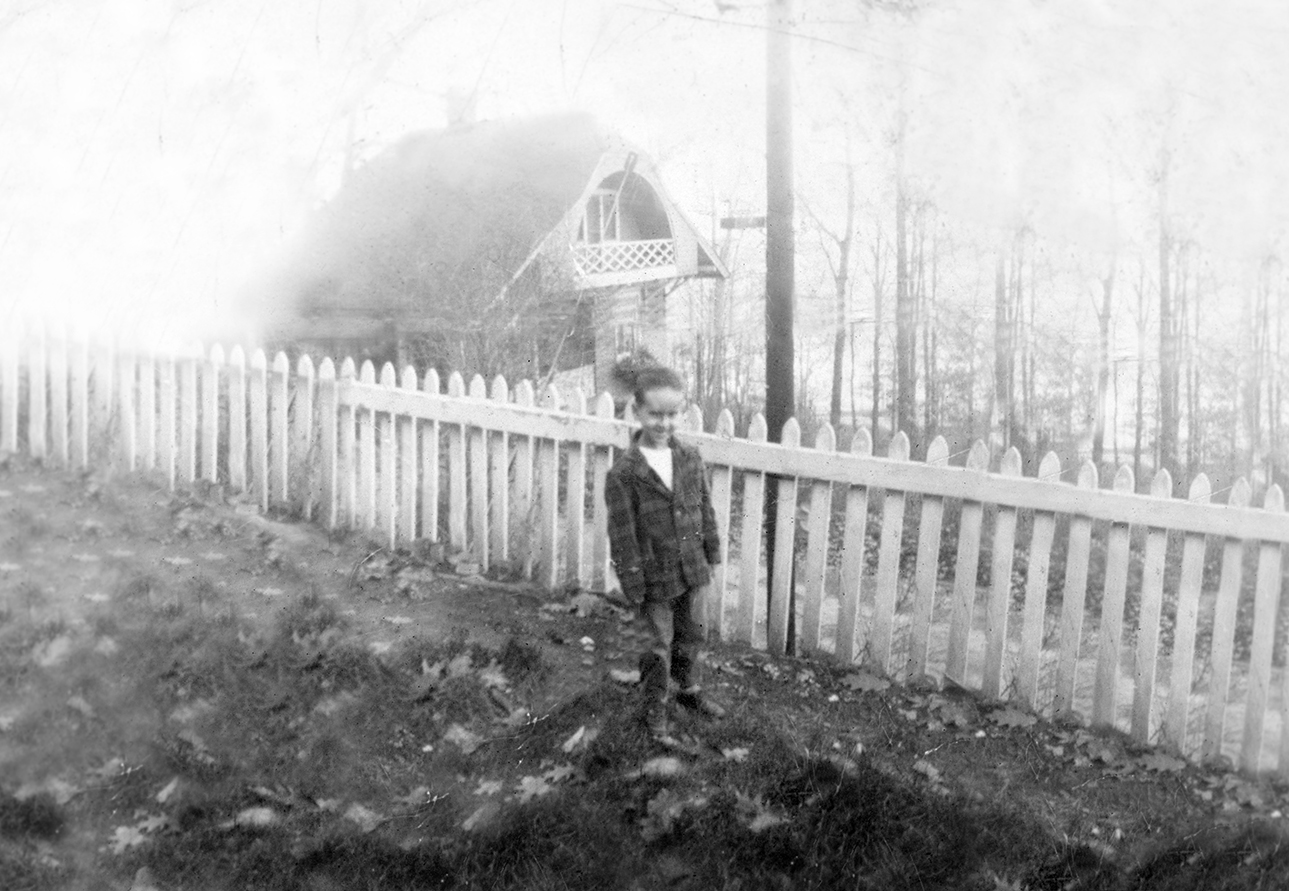
Ronald Mario Gonzalez was born in Johnson City, N.Y. in 1952, the third of five children to Phillip Gonzalez and Lilia Finelli. His father was of Spanish and Jewish decent and worked at E J. shoe factory in Johnson City NY. and sold used cars. His mother was Italian, a devout catholic, who preached and did healings. Gonzalez remembers falling asleep nightly to the sound of her reciting rosaries. He recalls visiting his father at the rubber mill were he watched him cut soles for shoes out of hot smoking black rubber that were stacked together on the assembly line. He remains acutely aware of having developed a repetitive impulse from prayer recitation and the factory mentality for working in piecemeal early in life.
In his childhood Gonzalez underwent several stomach surgeries to correct a birth defect from his mother having German measles during pregnancy. He filled these recuperative years in front of a small black and white television, and played with gumball machine trinkets and dollhouse miniatures that he collected. "Growing up in fifties consumer culture of talking appliances and mass-produced excess led to my defective television mentality" and a lifelong preoccupation with caricatured personalities. This preoccupation with the new transforming medium of TV also created a kinship with Hollywood sci - fi films, monsters, robots, alien creatures, and corpses, along with the post cold war threat of nuclear apocalypse. Gonzalez's subjective encounter with the co- existence, of beauty and repulsion, humor and sadness as well as the undercurrents of social turmoil, absurdity and distortion in those formative years set the stage for his overwhelming desire to represent, in figural form, the substratum of the human soul.
During the fifties and early sixties the family lived in a small house at the foot of South Mountain, in Binghamton, New York. Surrounded by woods and fields. This immediate natural environment of a dark and gray landscape inhabited by a vast range of dying and growing forms as well as real and imaginary creatures was a endless source of discovery and fascination. In these early years Gonzalez began filling socks with dirt, leaves, and sticks and making small figures and Small toy assemblage playthings from object debris from the streets near his home.
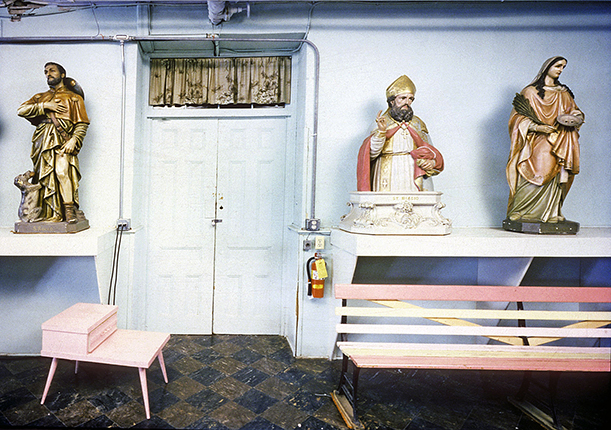
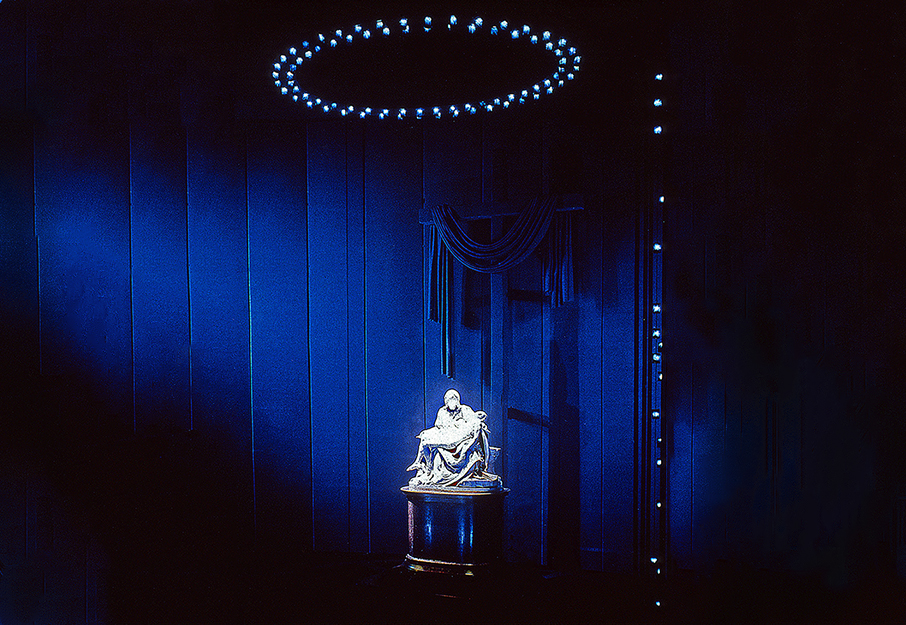
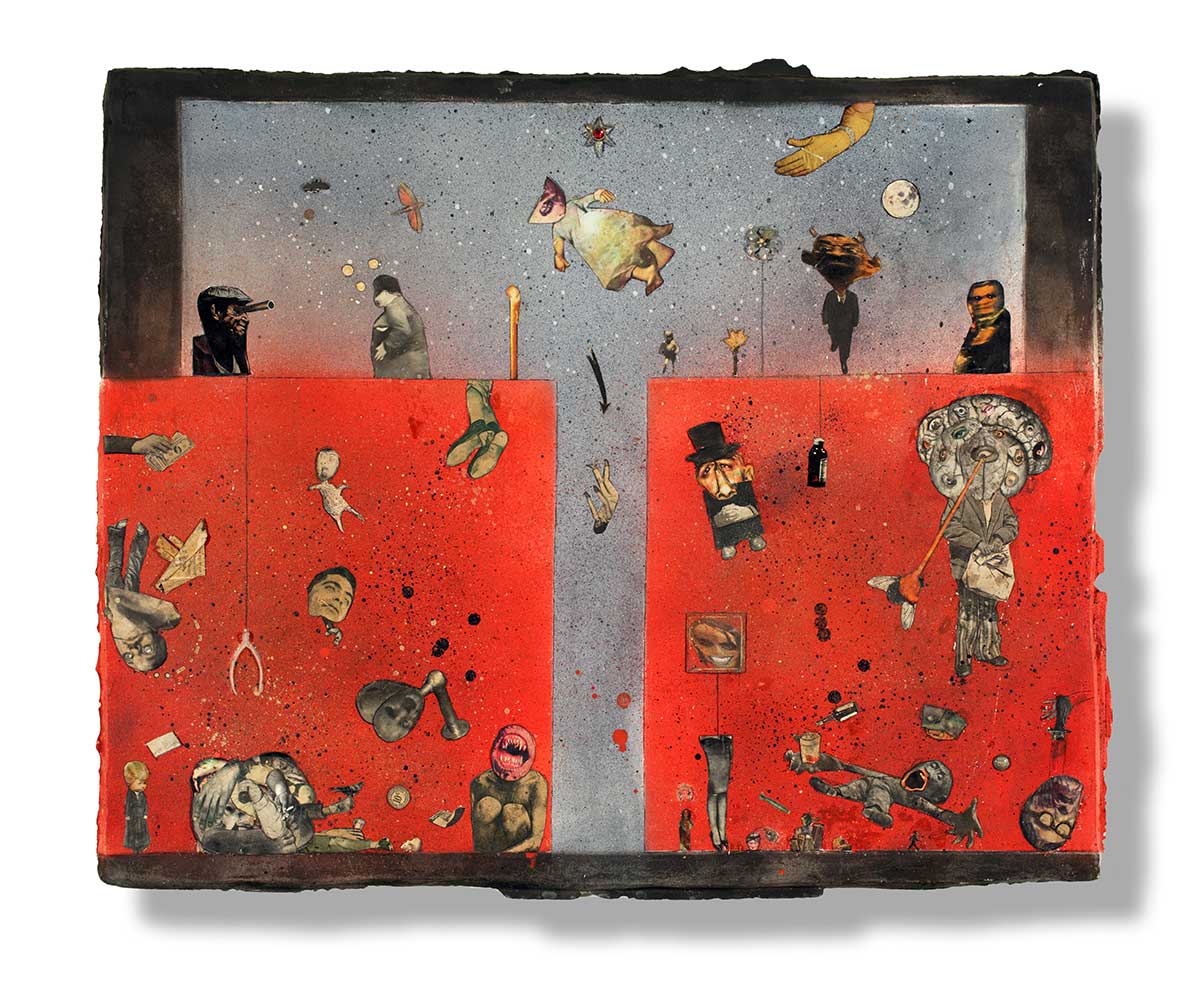
In the mid sixties his family moved to the east side of Binghamton were his father opened a used car lot next to the family home. He attended Catholic School and became an altar boy, spending endless hours in saint Mary’s church basement surrounded by religious statues where he pretended to be a sculptor. Gonzalez was fixated by the terrors and pathos of church statuary and fascinated by the intercessionary role they played between oneself and an invisible world as well as their corporeal and metaphysical presence.
At age 11, he travelled for the first time to New York City with his mother to see the World's Fair. After separating from her to enter an attraction that featured a house of mirrors, he found himself entrapped for hours. When he found his way out he wandered through the fair where he saw his first work of art- Michelangelo's "Pieta."
In 1973, after returning to finish high school, Gonzalez saw a Time Life book on Rodin's "Gates of Hell." Also showing photographs of boxes of collected fragments. He recalls being obsessed by the idea of creating imaginary worlds of figures inseparable from the life and death drama of existence, "The boxes themselves were a collection of ideas having to do with time, memory, disintegration, the serialization of form, and the power of collections. "That day he bought a bag of clay and began to work in his bedroom making his own collection of small figures and fragments. He soon assessed so many figures that he bought and pitched a used tent in a friend's back yard to store his work.
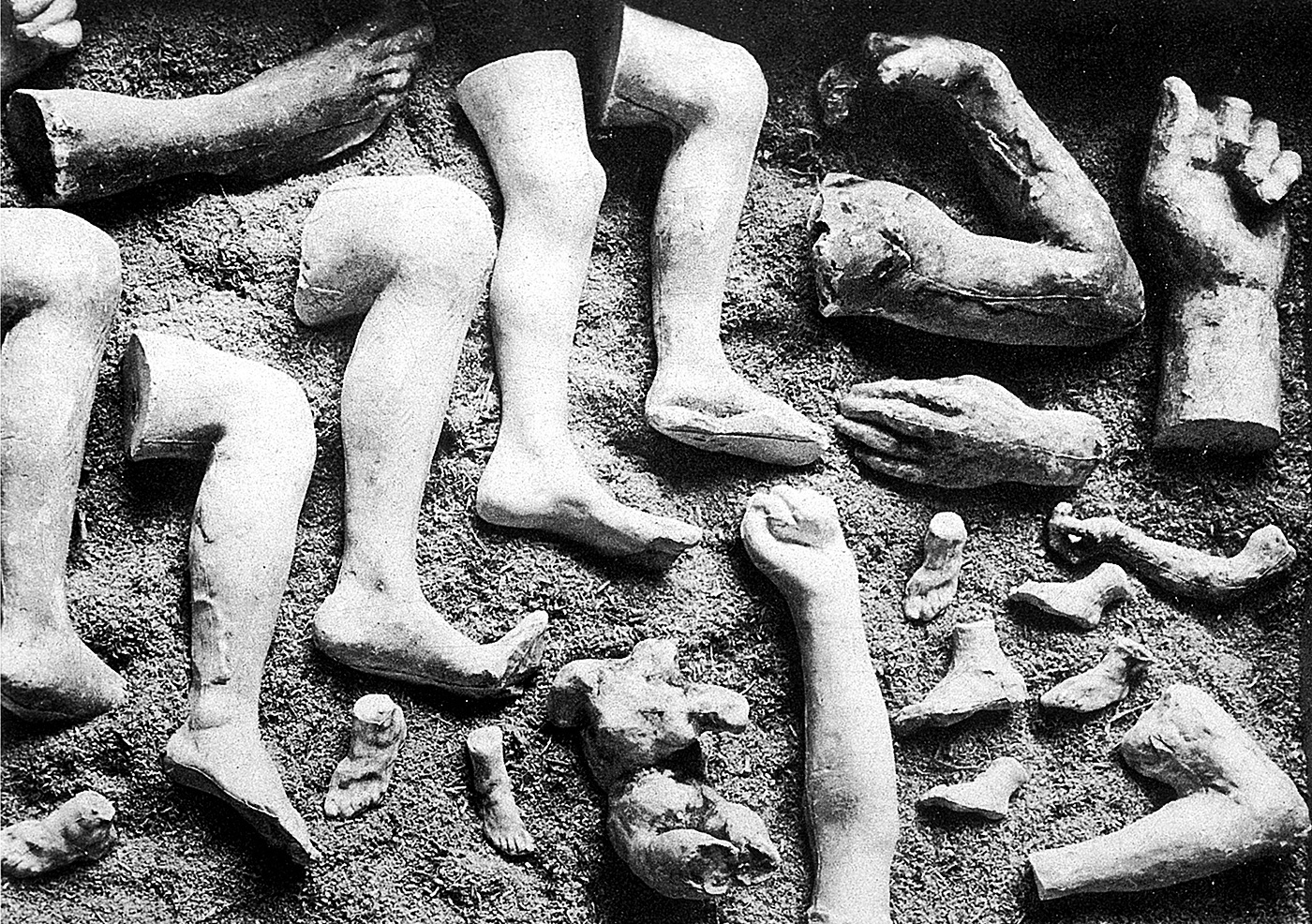
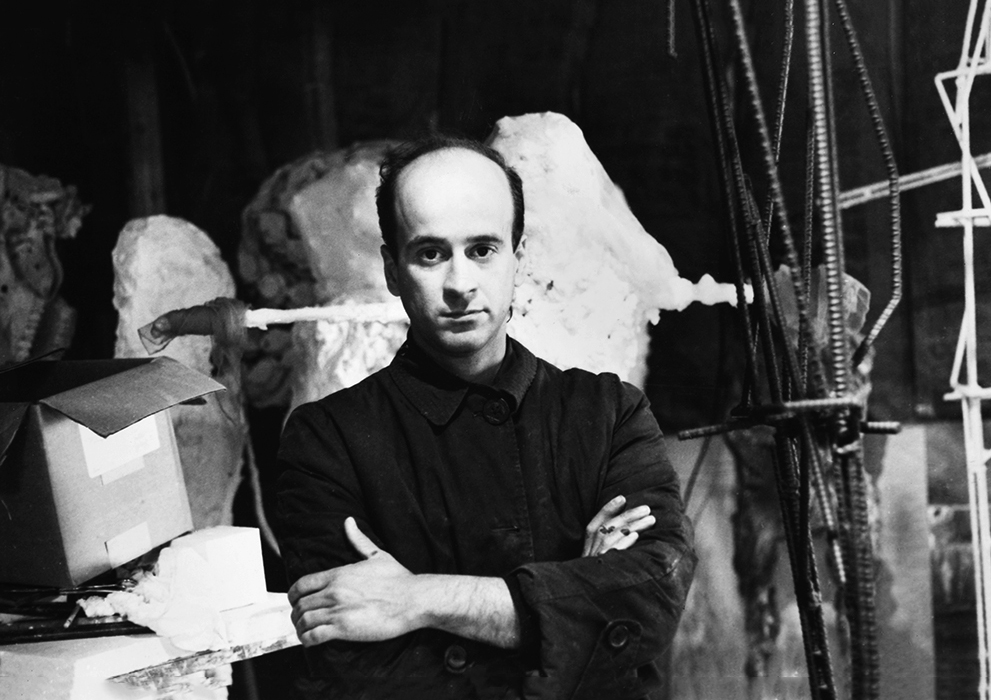
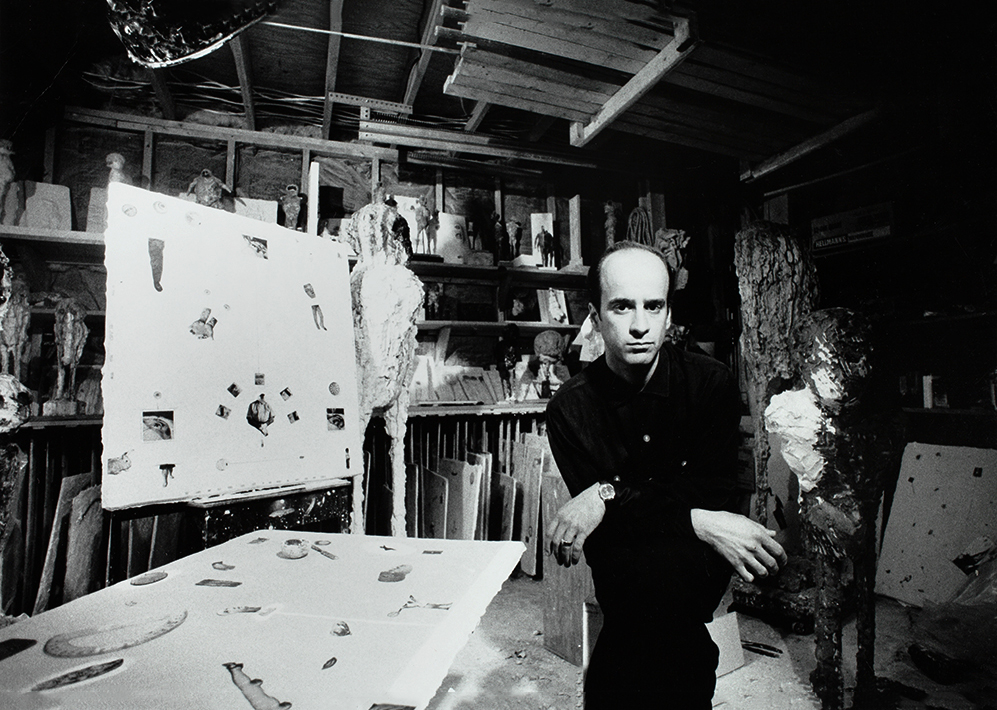
In 1976, he enrolled in the Fine Arts Department at Harpur College, Binghamton, New York, to study sculpture and to use the studios to work on his figures. During this time he learned to weld, allowing his figures to take on a greater scale and to incorporates a more varied assortment of objects. After graduating in 1983. He travelled to Italy, France, and Greece, to see "the history of scarred bodies and souls in art." During his trip Gonzalez visited the studios of Giacomo Manzu in Rome, and Manuel Neri, in Carrara Italy.
In 1982, his father died of stomach cancer leaving behind the old garage on Robinson Street that Gonzalez converted into his studio. His early work consisted of plaster figures that incorporate Found objects and mixed media. The artist also made assemblages and plaster relief sculpture that combined collage, text, and small objects he describes as "dream films" reduced to a single frame. At was during this time the artist met his lifelong companion Cynthia Riley, a painter that he later married. In the late 80s, early 90s, Gonzalez worked out of his garage studio that he referred to as the "figure factory" on large scale serial grouping of humanoid figures installed in site specific settings in museums and outdoor spaces that featured a variety of organic and man made materials.
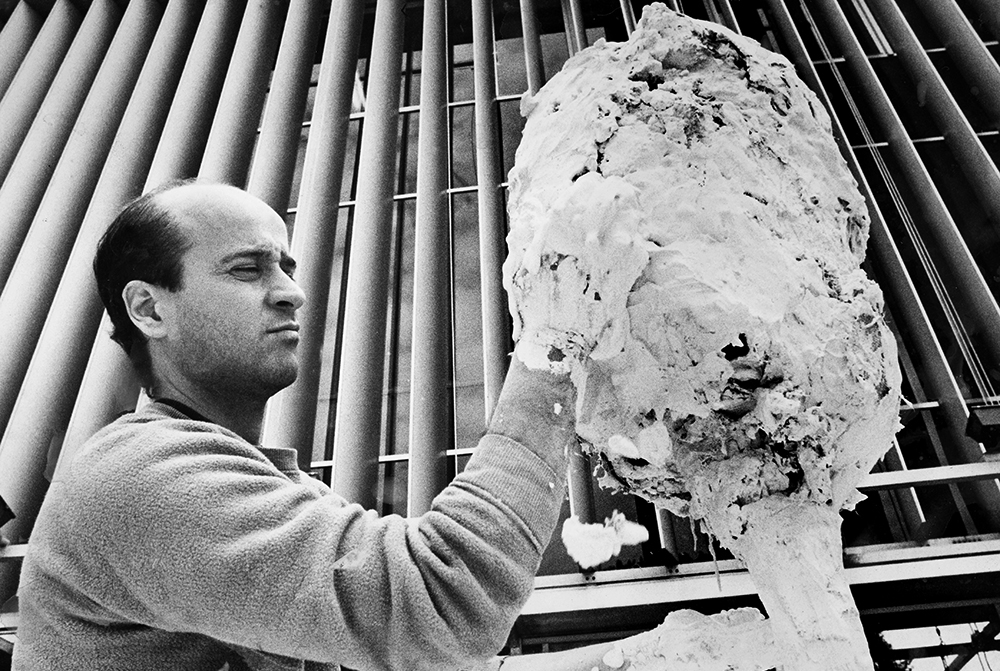
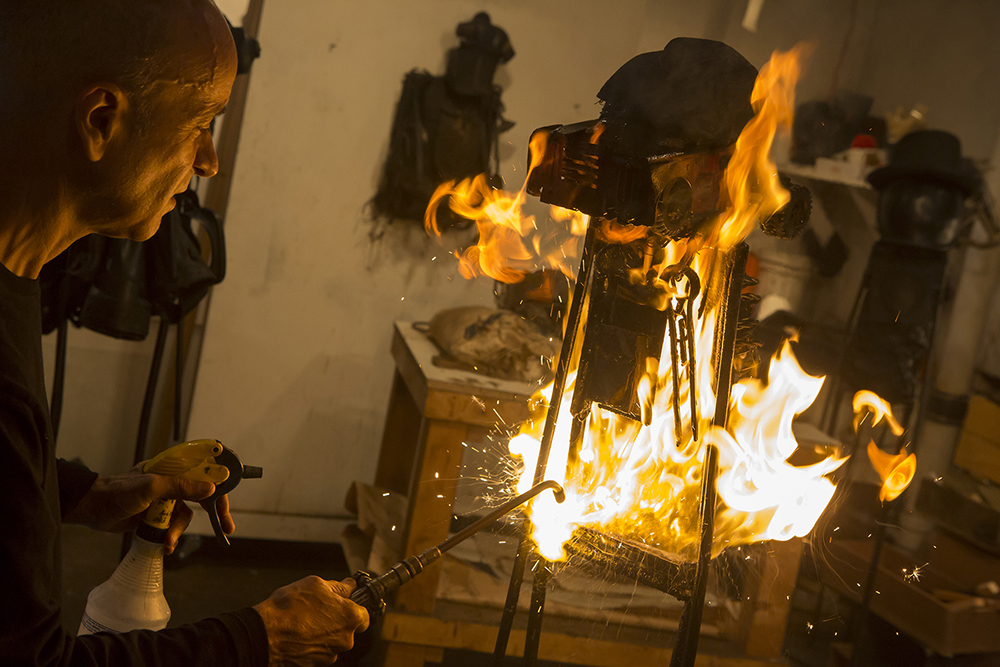
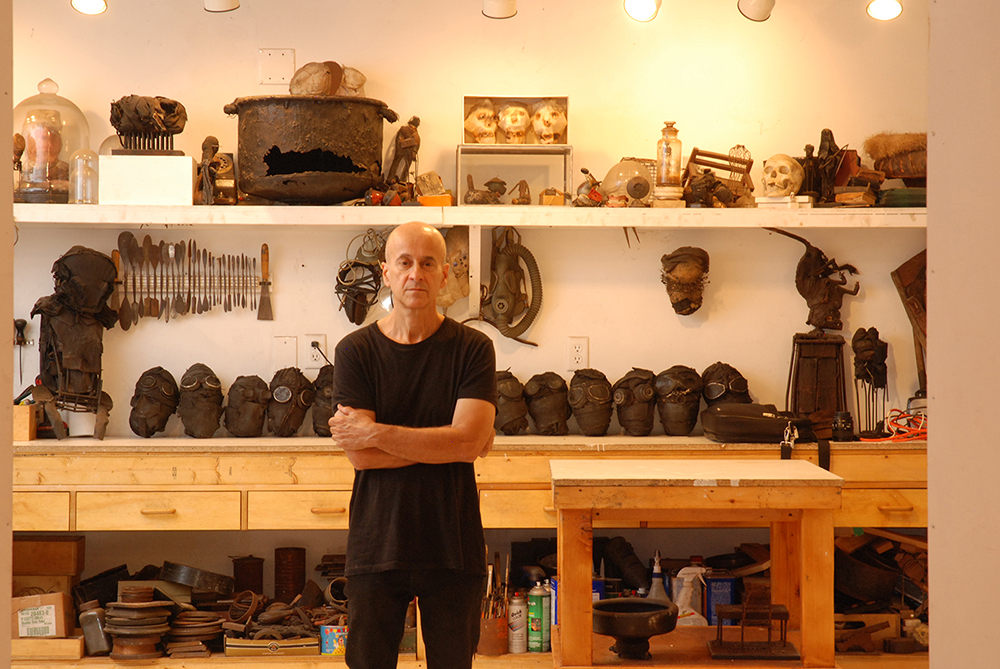
In 1999, Gonzalez joined the Art Department at Binghamton University where he continues to teaches as a professor of Art and Sculpture. His recent work consists of life size figures and fragments, always painted black; the pieces are often exhibited individually or in groups staged on long runway platforms. These works are dominated by the use of corroded found objects and steel armatures that evoke a wasted, desolate realm where blackened heads and bodies are marked by trauma and loss.
In 2002 the artist bought a house in Johnson City NY. With an out building that he used for sculpture storage that was eventual converted in 2015 into his current studio.